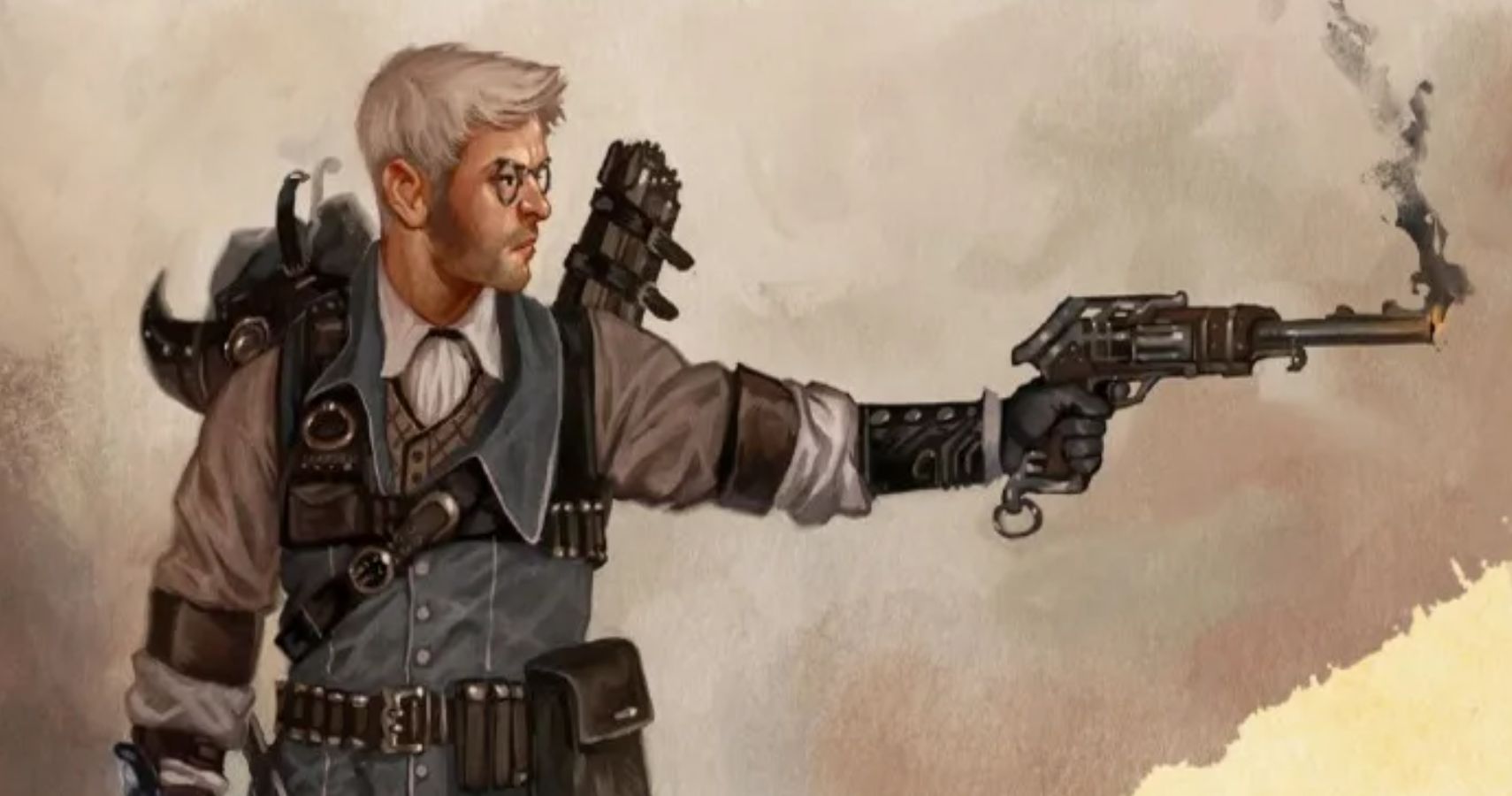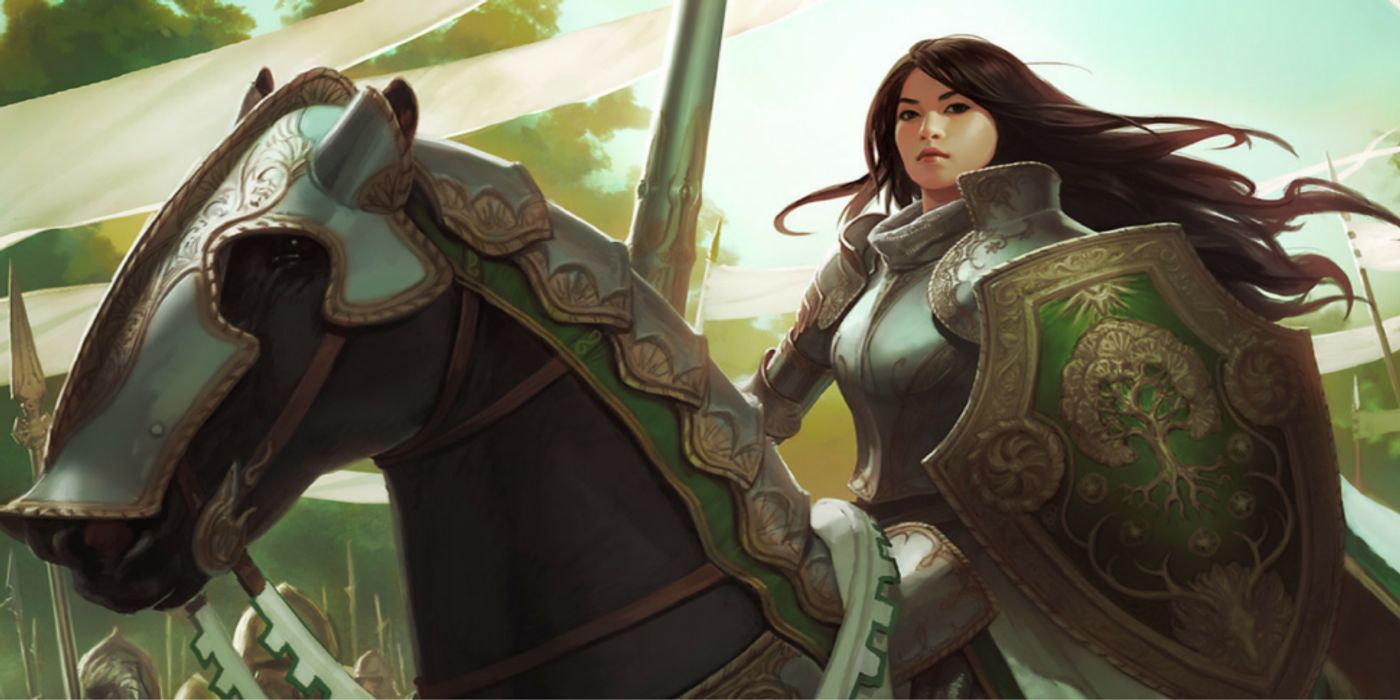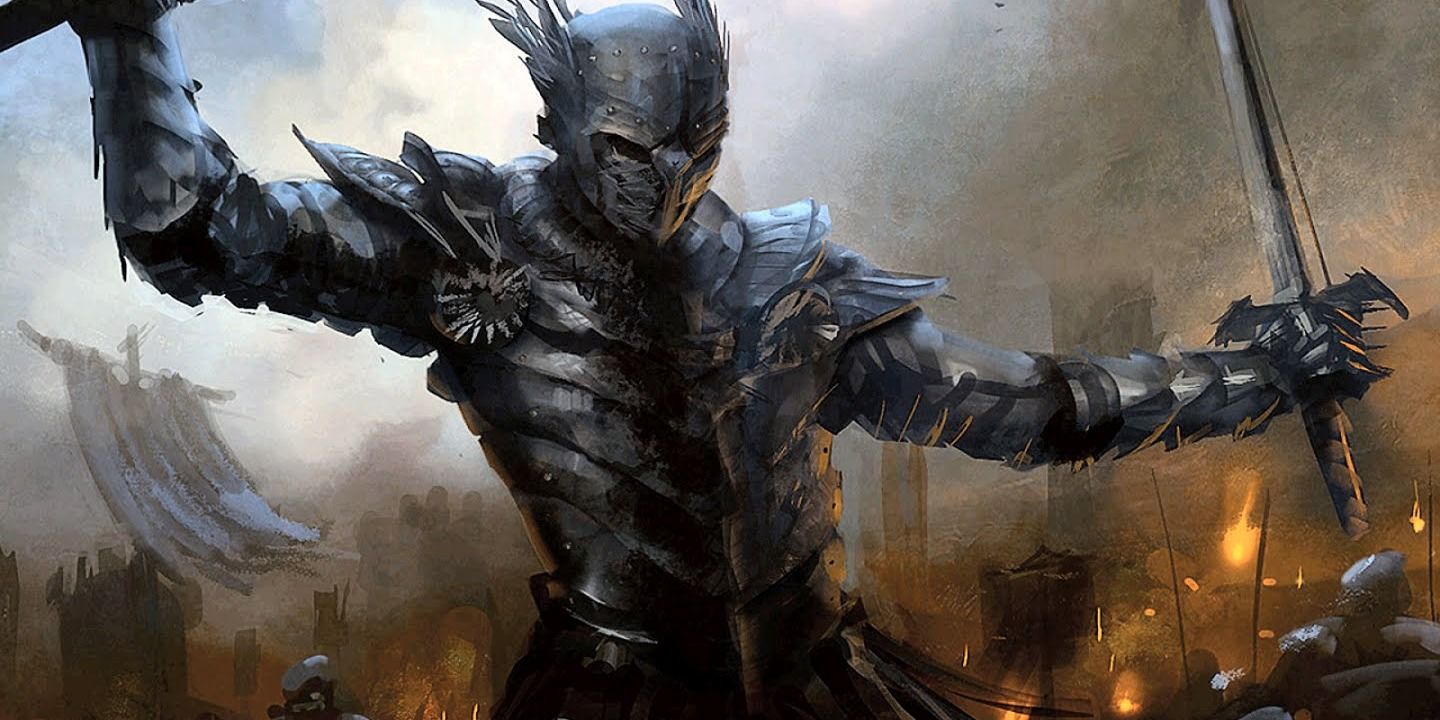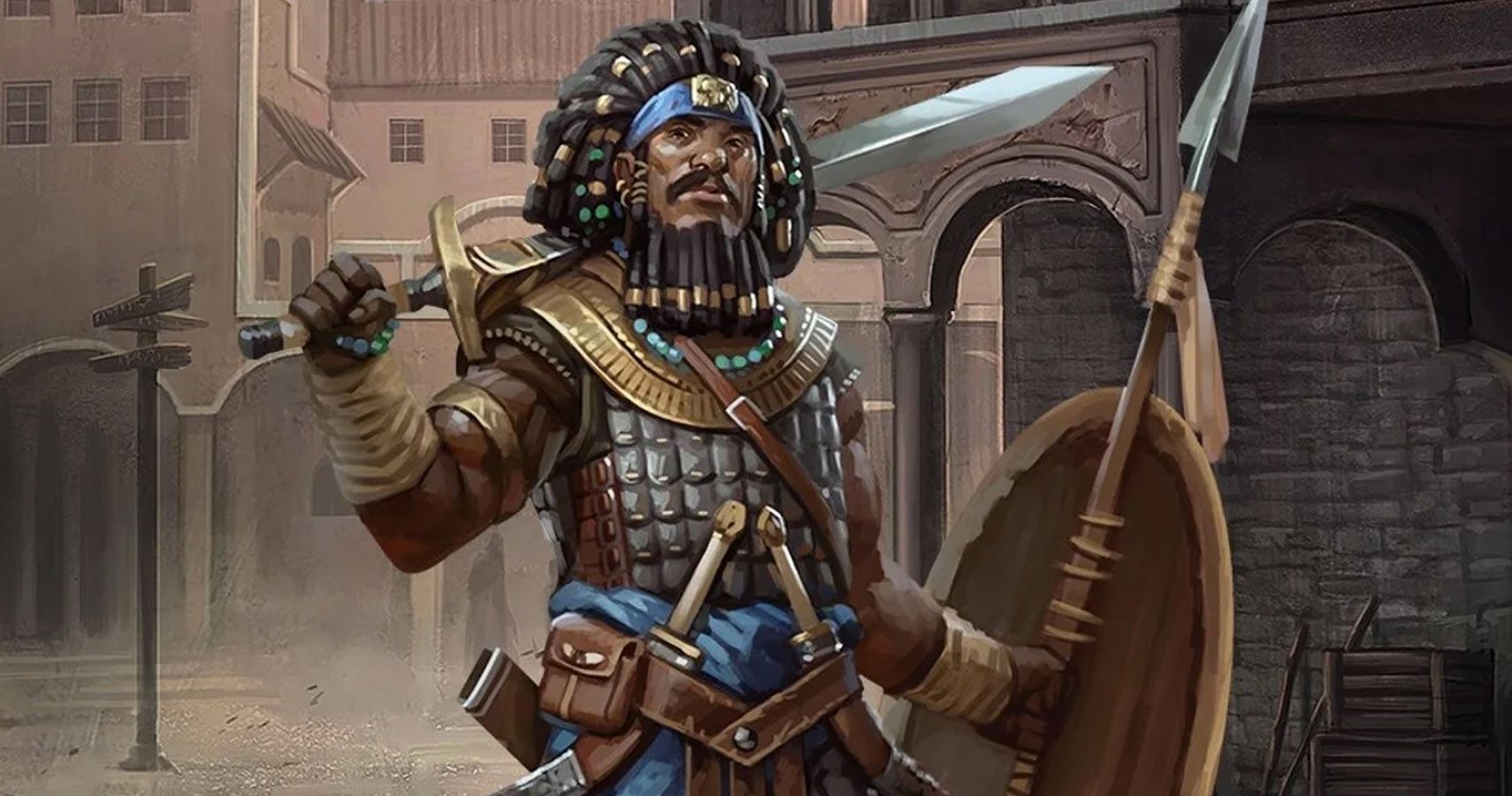Dungeons & Dragons: How To Homebrew A Fighter Subclass
Table of Contents
When creating a Martial Archetype for the Dungeons & Dragons fighter class, keep in mind that the class is more than just hitting things.
You Are Reading :Dungeons & Dragons How To Homebrew A Fighter Subclass

In 5th Edition Dungeons & Dragons, subclasses let players add some flair and personality to the standard classes. They are great for homebrewers, since they let players create character options with a strong theme without making a full class progression. However, there are certain things to consider when homebrewing subclasses for different classes. Here are some tips for making a fighter Martial Archetype, either for personal use or publication.
Different Ways To Hit Things

Fighter subclasses are different flavors of fighter. They offer new fighting mechanics, or emulate pop-culture versions of different types of warriors. This can largely change how creators build a class. When making a subclass like the Arcane Archer, abilities will be centered around a central mechanic. On the other hand, when making a subclass like the Samurai, abilities will be centered around what the pop-culture version of a samurai can do.
It’s also important to make sure fighter subclasses don’t stray too far into the flavor of other classes that hit stuff. A bare-knuckle boxer subclass is getting dangerously close to how monks operate, even if monks have unique mechanics that fighters don’t. Likewise, a highlander-type fighter is thematically closer to a barbarian than a fighter. However, this is not a strict delineation, and creators can make a fighter archetype that is similar to another class if there are strong mechanics that differentiate them.
Balancing Combat Potency

Fighters gain their combat prowess from two things – the ability to make up to four attacks every action and the ability to use Action Surge to take two actions per turn. Changing these abilities or adding heavy damage-dealing features can unbalance the class.
This is especially true when adding burst damage potential. Fighters can use all martial weapons and can potentially attack with them up to eight times in a turn. Anything that potential adds to this combat damage in a single turn could be too much.
More Than Hitting Things

Fighters are known for, well, fighting. However, fighting cannot be the only thing they do. Dungeons & Dragons is made up of three pillars – combat, exploration, and social interaction. While 5th Edition puts a heavier mechanical emphasis on the combat pillar, no character should be entirely focused on one pillar. Creators should add at least one ability that allows fighters that can do something other than fight.
The 7th level ability is a good place to add a social or exploration ability. Some fighter subclasses include utility features at 7th level, so adding a social or exploration ability here will stay balanced with other archetypes. It is worth noting, however, that some subclasses have potential to fulfill social and exploration subclasses baked in. For instance, the Eldritch Knight’s magic allows players to choose spells that help with these pillars, so it does not have a dedicated utility feature.
Creators should keep these guidelines in mind, and make sure they don’t make the subclass too strong or too weak at any given level. As for coming up with the flavor for the archetype, they’ll have to use their imagination for that.
Link Source : https://www.thegamer.com/dungeons-dragons-dnd-homebrew-fighter-subclass-guide-martial-archetype/
